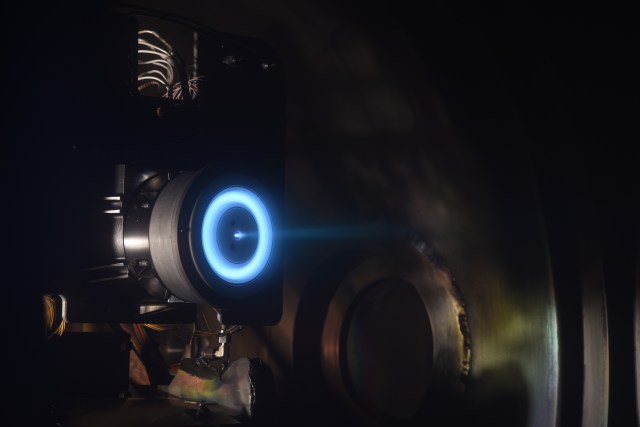Small spacecraft missions for planetary science require high-velocity maneuvers, such as achieving planetary escape velocities and orbit capture. These maneuvers are challenging and require a significant change in velocity (delta-v), which exceeds the capabilities of typical commercial spacecraft. The most critical technology needed for these missions is an electric propulsion system that can carry out these high-delta-v maneuvers.
An electric propulsion system must be capable of operating at low power (sub-kilowatt) while still having a high-propellant throughput. This means that the system must be able to use a large total mass of propellant over its lifetime to generate the required impulse to carry out the necessary maneuvers. The high-propellant throughput is essential for achieving the velocity changes needed for planetary escape and orbit capture.
Without an electric propulsion system that meets these requirements, small spacecraft missions for planetary science would be limited in their ability to execute the necessary propulsive maneuvers. Developing and implementing electric propulsion systems with these capabilities will enable small spacecraft to explore planets and achieve mission objectives that were previously unattainable.
Small spacecraft missions using electric propulsion systems have already been successful in exploring our solar system’s planets, such as Mars, Jupiter, Saturn, and Uranus. For instance, NASA’s Dawn spacecraft used ion engines to enter into orbit around Vesta and Ceres in 2011 and 2012 respectively.
The development of new technologies will continue to enhance the capabilities of small spacecraft missions for planetary science. With more powerful electric propulsion systems, smaller spacecraft can perform even more challenging maneuvers, enabling them to explore planets beyond our solar system.
In conclusion, small spacecraft missions using electric propulsion systems have revolutionized our understanding of our solar system’s planets and will continue to push boundaries in future explorations beyond our solar system.
